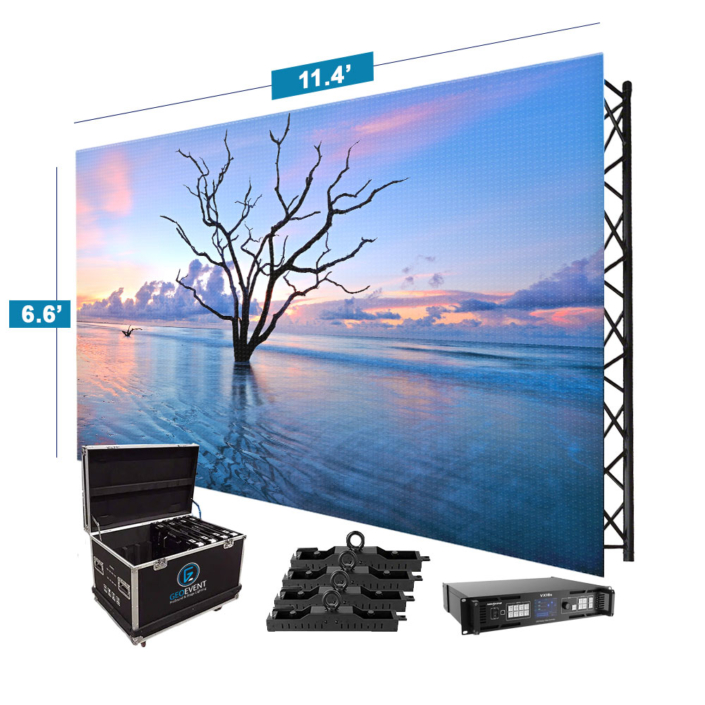The initial step in ensuring color accuracy is understanding how LED technology works. LEDs, or light-producing diodes, generate light in various colors by combining red, green, and blue (RGB) light. Each pixel on an LED wall consists of these three hues. When tuned properly, the combination of RGB can create a broad range of hues. However, if one color is too bright or too dim, it can throw off the entire display. This is why tuning is necessary to balance the hues and reach the intended visual effect.
Calibration involves modifying the settings of the LED screen to ensure that the colors shown match the initial content as click site closely as feasible. This process usually includes using specialized software and hardware instruments. Technicians often use color assessment devices, such as color meters, to analyze the hues being displayed. By contrasting the measured hues to benchmark color standards, they can make precise adjustments. This guarantees that the hues are not only vibrant but also consistent across the whole screen.
Another crucial aspect of color precision is comprehending the surroundings in which the LED screen is employed. Elements such as ambient light can considerably affect how colors appear. For instance, a well-lit lit room may fade colors, making them look less vibrant. To mitigate this, technicians may modify the brightness and differentiation configurations of the LED wall. Additionally, they may select specific color settings that are better appropriate for different lighting conditions. This flexibility helps preserve color accuracy irrespective of the viewing environment.

Ultimately, routine upkeep and re-tuning are crucial for keeping an LED screen looking its finest. Over time, the performance of LEDs can change due to elements like aging and temperature fluctuations. Frequent checks and adjustments can help guarantee that the hues remain correct and lively. By committing time in proper calibration and upkeep, venues can provide audiences with breathtaking visual displays that enhance their overall impression. Mastering color accuracy in LED screen calibration is not just a technical job; it is an art that contributes to the wonder of graphic storytelling.